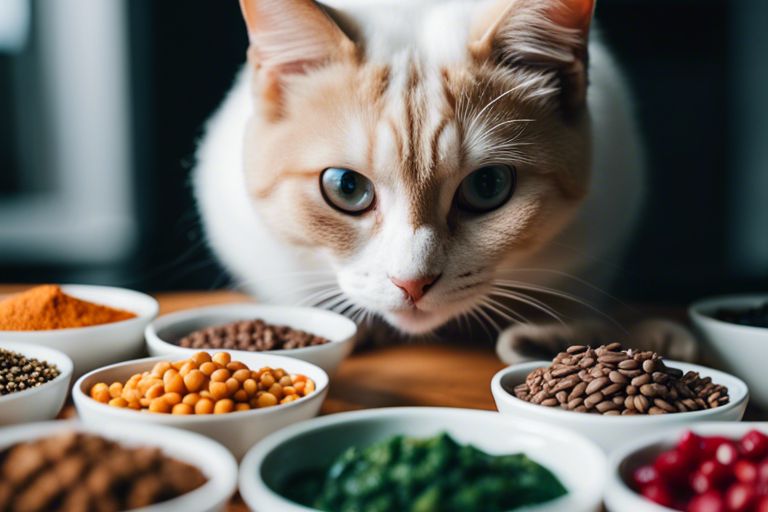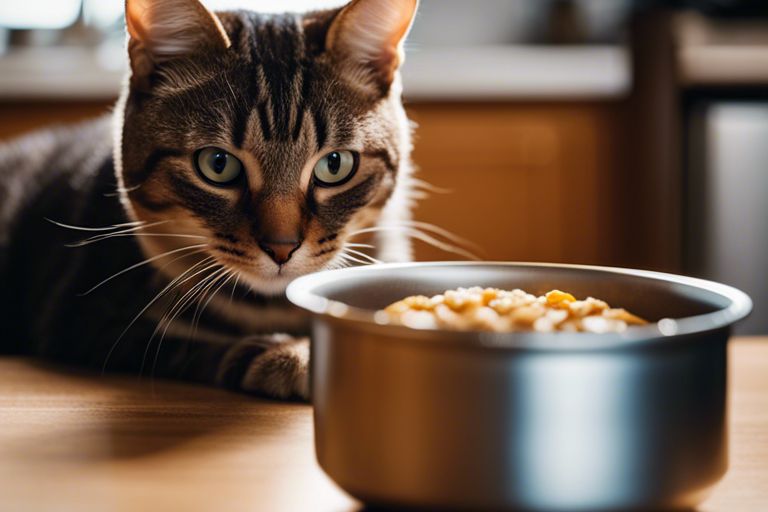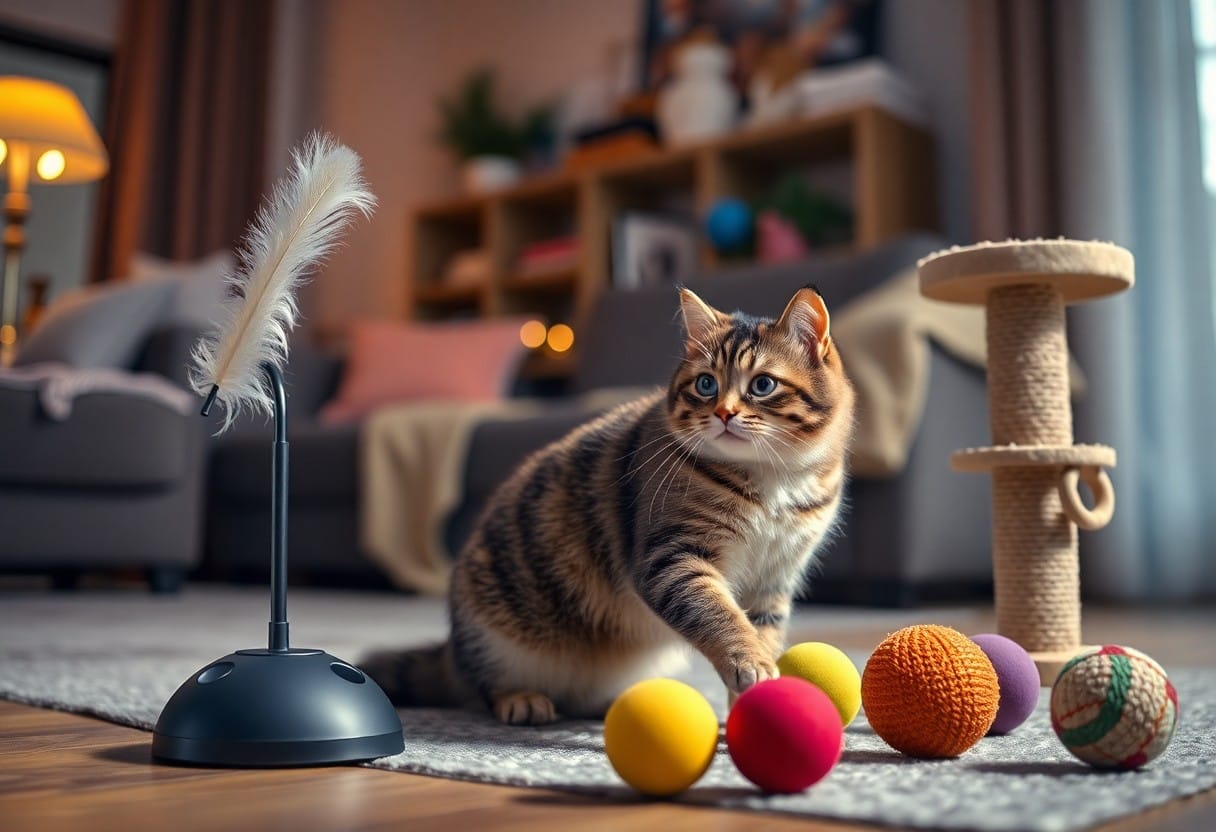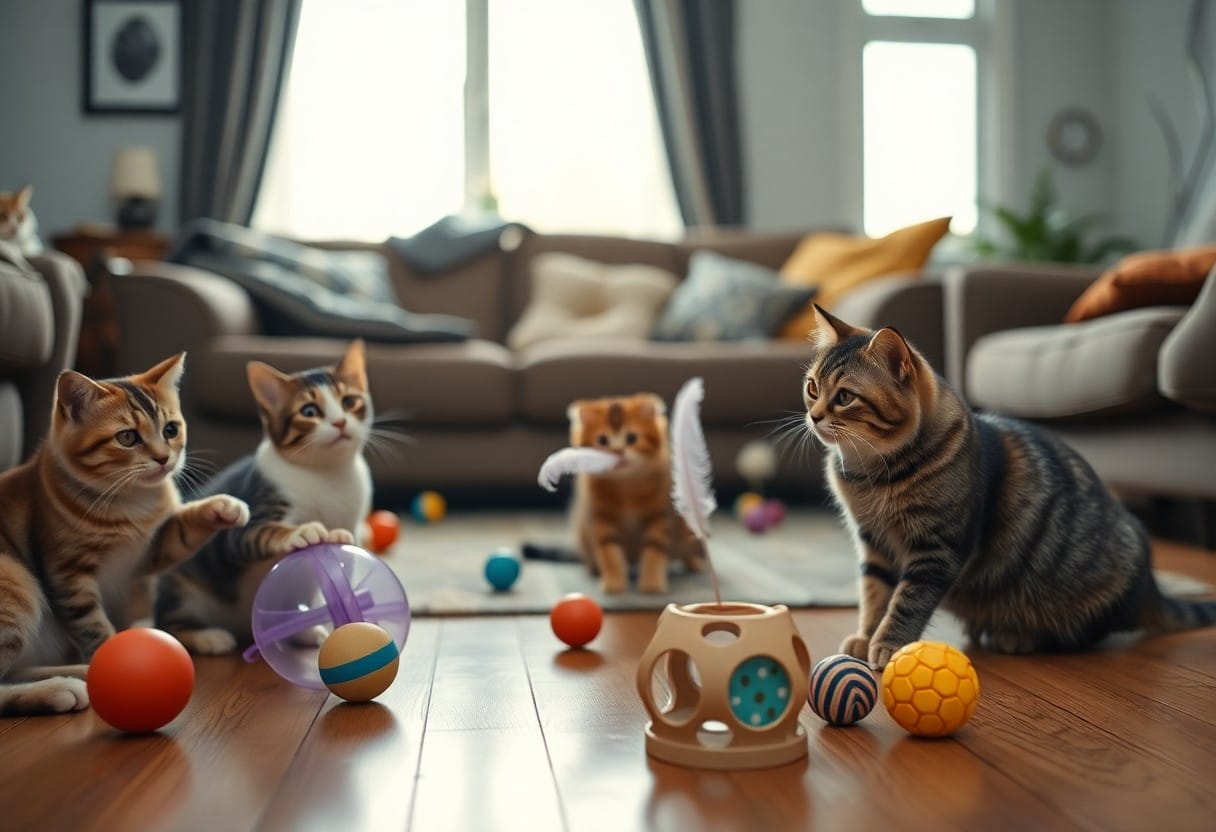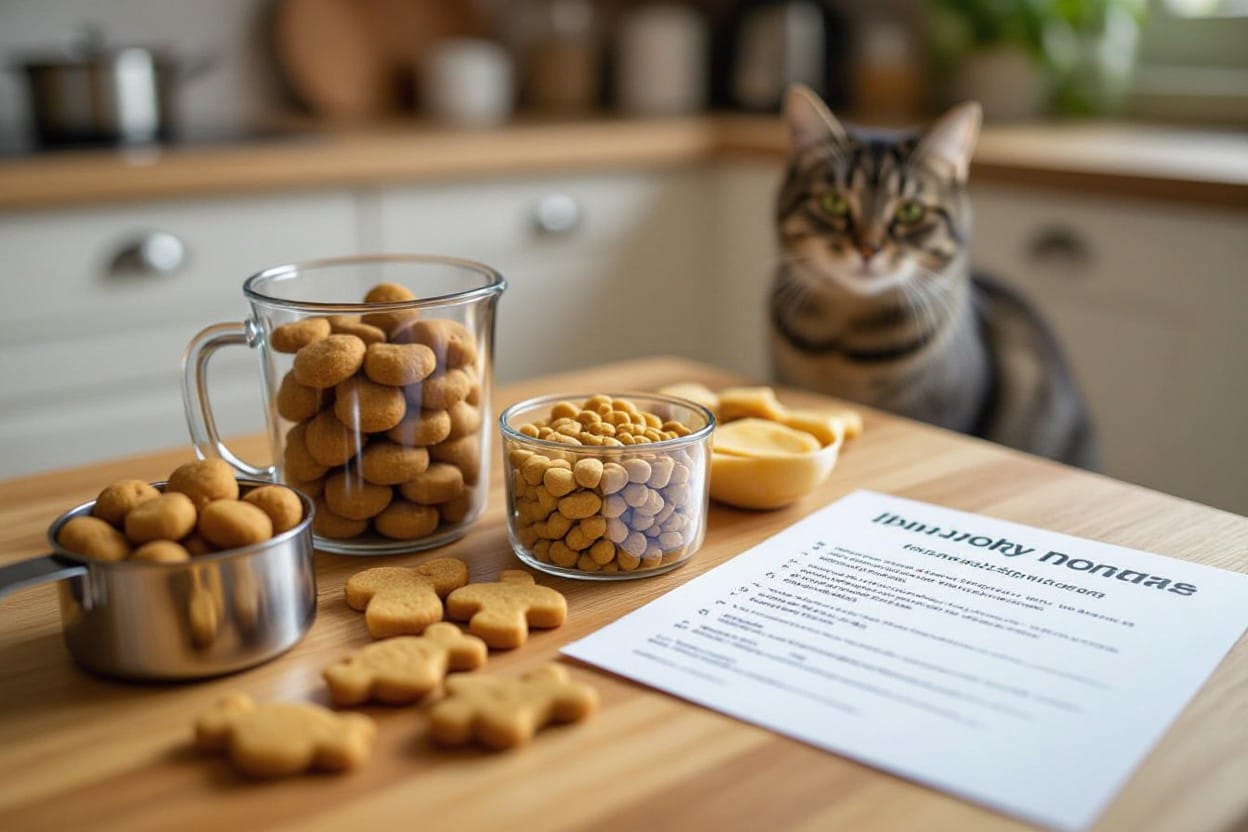Most cat owners know the struggle of dealing with a picky eater. Switching up your cat’s food can be challenging, but with the right tips and tricks, it can be done smoothly and successfully. In this blog post, we will discuss effective strategies to transition your feline friend to a new diet without any fuss or stress. From gradual food introduction to enticing mealtime solutions, we’ve got you covered with expert advice on how to make mealtime more enjoyable for your finicky eater.
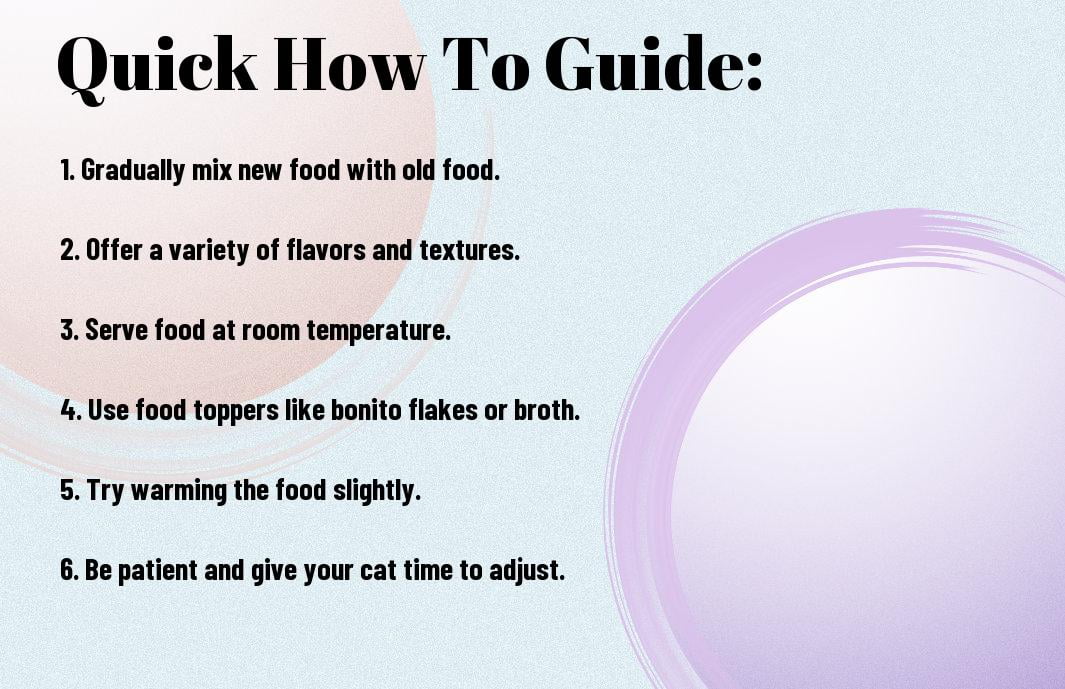
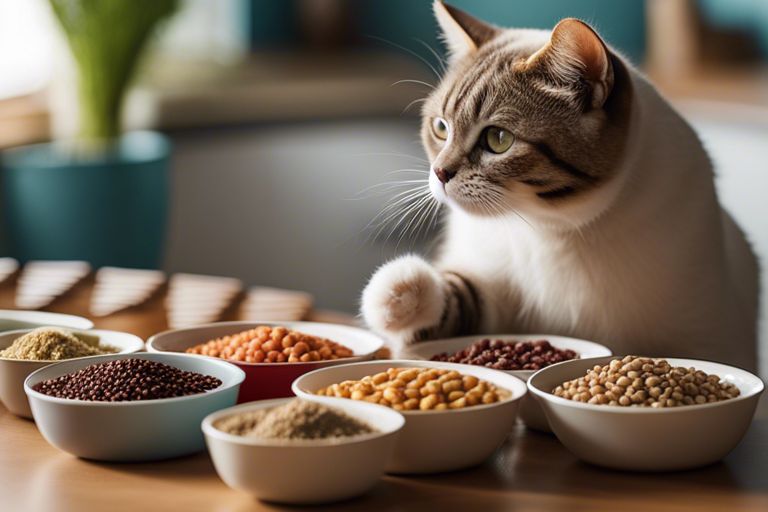
Identifying the Signs of Picky Eating in Cats
Behavioral Indicators
Picky eating in cats can be identified through various behavioral indicators. Cats may meow excessively near their food bowl, walk away after smelling the food, or stir the food around without actually eating it. If your cat is displaying reluctance or disinterest in their food, it could be a sign of picky eating.
Health-Related Signs
If your cat is showing health-related signs of picky eating, such as weight loss, lethargy, or vomiting, it is crucial to address the issue promptly. These signs could indicate underlying health problems or nutritional deficiencies that need to be addressed by a veterinarian.
For instance, if your cat is consistently avoiding their food or showing a sudden change in eating habits, it’s crucial to consult with a vet to rule out any potential medical issues causing picky eating.
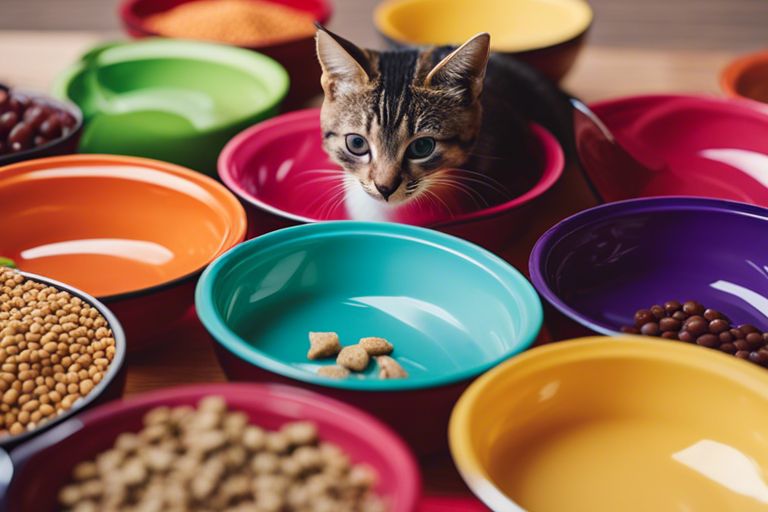
Factors Influencing Your Cat’s Eating Habits
Little do we realize that our feline friends can be quite particular when it comes to their food preferences. From taste and smell sensitivity to past feeding experiences, several factors can influence your cat’s eating habits.
Taste and Smell Sensitivity
To understand your cat’s eating habits better, it’s necessary to consider their taste and smell sensitivity. Cats have a strong sense of smell, and they are more sensitive to bitter tastes compared to other animals. This sensitivity can affect their preference for certain foods and flavors.
Though cats may be picky eaters, they are also creatures of habit. They may develop a preference for specific foods based on their taste and smell, leading to finicky eating habits.
Textural Preferences
Eating habits can also be influenced by your cat’s textural preferences. Some cats prefer wet food over dry kibble, while others may enjoy a mix of both. The texture of food can play a significant role in your cat’s mealtime satisfaction.
Past Feeding Experiences
Assuming that all cats have the same feeding preferences can be a mistake. Past feeding experiences can greatly impact your cat’s current eating habits. Cats may develop food aversions based on negative experiences, leading to picky eating behaviors.
A variety of factors, such as mealtime routine, feeding schedule, and the type of food offered, can contribute to your cat’s past feeding experiences and eventual eating habits.
How to Introduce New Foods to Your Picky Cat
After selecting a new cat food that you believe will be beneficial for your picky eater, it’s important to introduce it gradually. Abruptly changing your cat’s food can upset their stomach and lead to refusal to eat, so a slow transition is key.
Start by mixing a small amount of the new food with your cat’s current food. Over the course of a week, gradually increase the proportion of the new food while decreasing the old food. This gradual transition will allow your cat to get used to the new taste and texture without causing digestive issues.
It’s vital to be patient during this process. Some cats may take longer to adjust to the new food than others. Offer the new food at regular meal times and monitor your cat’s reaction. If your cat refuses to eat the new food initially, don’t give up. Persistence is key in helping your picky eater broaden their palate.
FAQ
Q: Why is my cat a picky eater?
A: Cats can be picky eaters due to various reasons such as changes in their environment, health issues, or simply their individual preferences.
Q: How can I switch up my cat’s food without causing digestive issues?
A: To switch up your cat’s food, do it gradually by mixing small amounts of the new food with the old food over a period of 7-10 days to prevent digestive upset.
Q: What can I do if my cat refuses to eat the new food?
A: If your cat refuses to eat the new food, try warming it up slightly or adding a food topper such as bonito flakes or a dash of tuna juice to entice them.
Q: Should I consult a vet before switching my cat’s food?
A: It is always a good idea to consult with a vet before making any drastic changes to your cat’s diet, especially if your cat has underlying health issues.
Q: How can I encourage my picky eater cat to try new foods?
A: You can encourage your picky eater cat to try new foods by offering a variety of textures and flavors, being patient, and rewarding them with treats when they show interest in the new food.
